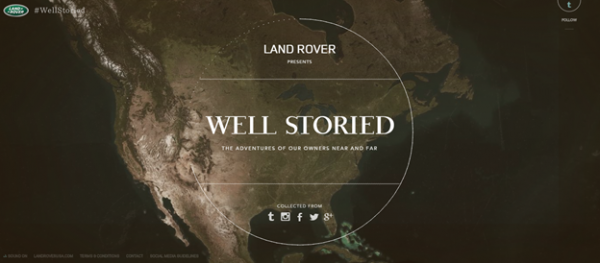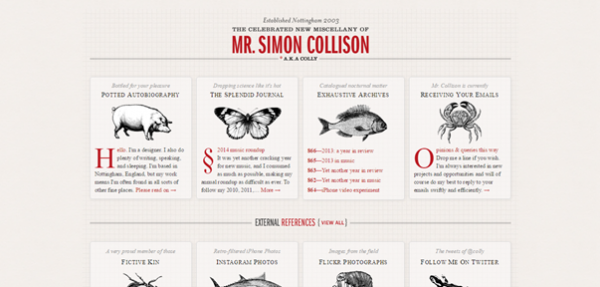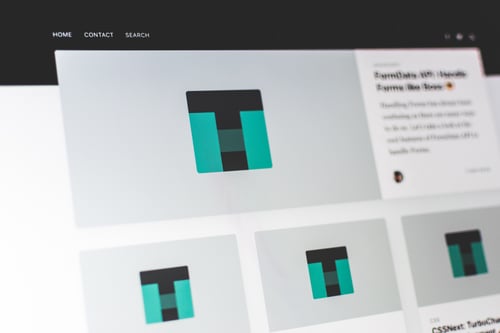
Fact: Your Customers Don’t Know What They Want. Help Them Now!
The customer is King. But, let’s face it: even a king finds it hard to know what he really wants.
You hear these lines all the time:
“Put my site on first page.”
“Make it user friendly”
“I want 70% more traffic.”
“I want it to run faster on all platforms.”
“I’ve heard that the cloud is the next best thing. Put my business over there.”
Yes, wishlist galore. It’s easy to ask for a meeting, present your solution, bombard them with jargons and close the sale.
Weak. But it happens all the time.
It is your job – as the problem solver – to get into the middle of it. Help customers realize that the newest gadget in town is not always the best answer. But rather, it’s the discovery of a fitting solution to the most pressing problems. And no one else can lead you to this goal than the customers themselves.
How? By asking them the RIGHT questions. And what are those?
Glad you asked.
What is your biggest problem?
Going straight to the cause is the best action. Forget about the laundry list for a while. Even famous marketers understand this dogma.
In his book “Breakthrough Advertising”, Eugene Schwartz explains that you have to identify your customer’s most pressing need. For example, a medicine for arthritis can deliver different benefits such as: relief from chronic pain, the pride of having a good posture or freedom of movement. Of all these benefits, the relief from chronic pain is the most important need. Amplify this need and you close the sale.
Focus is key.
What solutions have you tried before?
You’ll know if the customer is serious about changing the status quo when he is hell-bent on finding out the best solution. Also, it says a lot about the competition’s failure to deliver. You’ll find your customers rant about broken promises and failed benefits. This is valuable not only to make your product stand out, but to make sure that your solution delivers what others have failed to do.
What made you decide that this is the product/service/solution for you?
Budget? Good business relationship?
"I have no other alternatives?"
"Because my boss says so."
Asking for this key question gives you the opportunity to identify your client’s limitation. They might be asking for the bells and whistles. But at the end of the day, you should help them to “know thyself.” Does he need a website like wellstoried.com:

Or, a website like colly.com:

Why?
Yes. “Why?”
It’s a “polite” way of saying: “So what?”
Let me illustrate:
Customer: “We need to launch a new website for the holiday season.”
You: “Why?”
Customer: “Because our current one is experiencing a major slowdown. We can’t afford to hang or else our business will suffer.”
You: “Why are you slowing down?”
Customer: “Because our current site can’t accommodate new transactions.”
You: “Why did you say so? Can you explain further?”
A very powerful “why” gives your client a clear goal: to identify his biggest problem. It’s your way of pruning trivial bits (e.g. “Because we need a beautiful website”, “Because being mobile-friendly is cool”) to uncover the most important need (e.g. “Because it drives more traffic”, “Because we need to reach our customers – anytime, anywhere”).
How?
Asking “how?” gives you an idea about your client’s way of doing things. It may sound basic. But the main idea is to allow yourself to discover “holes” in his system. Let’s face it, your clients can be too attached with his product to see its flaws. With another set of eyes, he can adjust accordingly.
For example:
Your client is asking you to create a new Facebook sales page for his web design course – flanked with coupons and vouchers. He admits that his post is getting “likes” but not “conversions”. A closer inspection reveals that your client casts a wider net instead of targeting a specific demographic (e.g. Female web designers or website administrators in Oklahoma).
In conclusion
Joan Rivers once said, “You've gotta understand - when you interview someone, it's not an interrogation. It's not the Nuremberg Trials.”
It’s not just about a “yes” or a “no”. It’s a process. It’s a discovery that only unfolds when you ask the right questions. Let your customers feel that you care. Let them know that you have the capacity to help them. Make them feel secure about your skill of finding out what’s best for them.
Remember: A happy king rewards handsomely.
I help businesses and marketers build marketing and sales systems that drive leads and scale with ease.
Not sure where to start? Take my marketing quiz and get personalized next steps.



